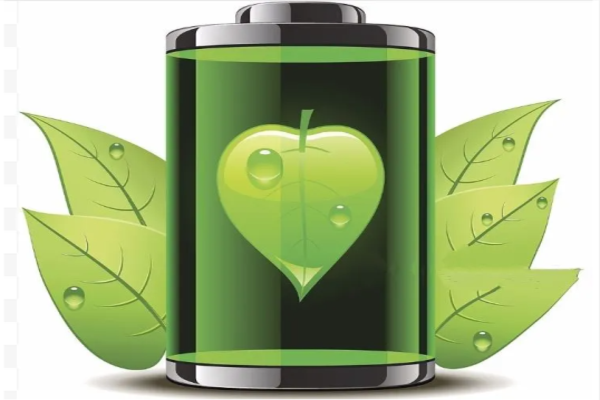A group of microbiologists from Goethe University Frankfurt has used bacteria to control the storage and release of hydrogen. This is a significant step forward in the search for carbon-neutral energy sources in the interest of climate change mitigation.
Green hydrogen has been proposed as one of the solutions to the problem of climate change caused by greenhouse gas emissions and the use of fossil fuels. However, conventional storage of highly explosive gas has proven to be difficult over time. As part of a new study, microbiologists from Germany used bacteria to create a “biobattery” that will serve as hydrogen storage.
The hydrogen was successfully contained by the scientists with the help of microbes, which have previously been known to absorb or convert natural gases. The groundbreaking discovery was just the beginning of the ongoing search for a carbon-neutral energy source to combat the climate crisis and global warming.
The fight against climate change makes the search for carbon-neutral energy sources more pressing. One of the solutions on which hopes are pinned is green hydrogen, which is produced from water using renewable energies such as wind or solar power. However, transporting and storing the highly explosive gas is difficult, so scientists around the world are looking for chemical and biological solutions.
The measured rates of CO2 reduction to formic acid and back are the highest ever measured and many times greater than with other biological or chemical catalysts; in addition, and unlike chemical catalysts, the bacteria do not require rare metals or extreme conditions for the reaction, such as high temperatures and high pressures, but instead do the job at 30 °C and normal pressure.
Professor Volker Müller
A team of microbiologists from Goethe University Frankfurt has found an enzyme in bacteria that live in the absence of air and bind hydrogen directly to CO2, in this way producing formic acid.
The process is completely reversible, which is a prerequisite for hydrogen storage. These acetogenic bacteria, which can be found in the deep sea, feed on carbon dioxide, which they metabolize with the help of hydrogen to form formic acid. Normally, however, this formic acid is simply an intermediate product of their metabolism, which is then digested into acetic acid and ethanol. However, the team led by Professor Volker Müller, head of the Department of Molecular Microbiology and Bioenergetics, has adapted the bacteria in such a way that it is now possible to not only stop but also reverse this process at the formic acid stage. Since 2013, the basic principle has been patented.

“The measured rates of CO2 reduction to formic acid and back are the highest ever measured and many times greater than with other biological or chemical catalysts; in addition, and unlike chemical catalysts, the bacteria do not require rare metals or extreme conditions for the reaction, such as high temperatures and high pressures, but instead do the job at 30 °C and normal pressure,” reports Müller. The group now has a new success to report: the development of a biobattery for hydrogen storage with the help of the same bacteria.
A system in which bacteria first store hydrogen and then release it again in the same bioreactor as stably as possible over a long period of time is preferable for municipal or domestic hydrogen storage. Fabian Schwarz, who completed his doctoral thesis on this topic in Professor Müller’s laboratory, was successful in developing a bioreactor of this type.
He fed the bacteria hydrogen for eight hours before subjecting them to a hydrogen diet for 16 hours. The bacteria then emitted all of the hydrogen once more. Using genetic engineering techniques, it was possible to eliminate the unwanted formation of acetic acid.
“The system ran extremely stable for at least two weeks,” says Fabian Schwarz, who is delighted that his work has been accepted for publication in Joule, a journal for chemical and physical process engineering. “It’s somewhat unusual for biologists to publish in such an important journal,” says Schwarz.
Volker Müller had already studied the properties of these unique bacteria in his doctoral dissertation and had spent many years conducting fundamental research on them. “I was fascinated by how these first organisms organized their life processes and how they managed to grow in the absence of air using simple gases like hydrogen and carbon dioxide,” he says. His research has taken on a new, application-oriented dimension as a result of climate change. Surprisingly for many engineers, biology can produce by all means practicable solutions, he says.
















